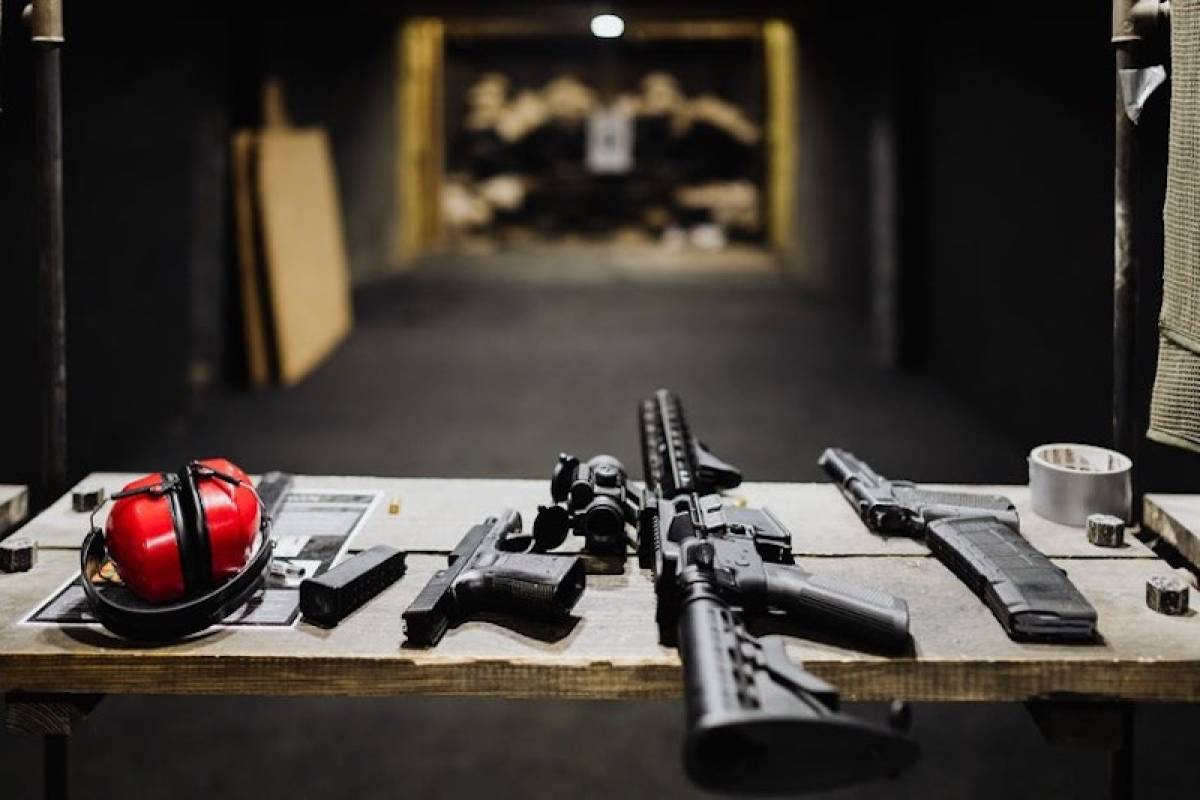The Different Types of Guns: A Beginner's Guide

With new gun laws intended to prevent dangerous people from accessing firearms being passed and sweeping gun restrictions being lobbied in the U.S Congress, among other reasons, prospective gun buyers may be thinking about getting a gun while everyone has the legal right to do so.
Whether you are purchasing your gun legally for safety, to take down a deer, or just to add to your collection, you'll need to know the local gun laws and different gun options you have. You don't want to buy a gun before you do the research to find out what the best match is for you.
If you are new to the world of guns or you just want to brush up on your knowledge, keep reading for a beginner's guide to different types of guns.
Types of Guns
Most guns are split into two broad categories: handguns and long guns.
I. Handguns
Handguns use a smaller caliber ammunition and have a shorter barrel. You have seen these in movies and probably with police officers before.
As their name suggests, handguns are common because they can fit snuggly in your hand. They are usually owned for home defense and practicing target shooting.
Handguns come in different shapes and sizes so you will have to do some research to determine which is the right model for you. Types of handguns are:
1. Revolvers
Revolvers use a cylinder and are very easy to operate. They take longer to load and hold fewer bullets. Revolvers are either single-action or double-action.
Single-action revolvers need to manually cock the gun so that the ammunition is ready to fire. Double-action revolvers can be pulled without cocking the hammer, but they will have a lengthier pull.
2. Semi-Automatic Pistols
These guns use bullets from a magazine. A round is added automatically as you shoot so that you can fire in quick succession if you have ammo.
These guns pull back the slide and rack a round in the chamber to fire the first shot. They are known to jam especially if the guns are dirty, so it's best to practice gun safety.
II. Long Guns
Long guns are heftier than their smaller counterparts. They fire larger caliber rounds from longer barrels.
These guns are held with two hands, using your shoulder to support the gun. They can shoot heavier projectiles with increased velocity and better accuracy.
Long guns also come in a large variety of sizes and calibers. Types of long guns are:
1. Shotguns
When you think of a rifle, the first thing that might pop into your mind is a shotgun. Actually, there are many other types of rifles and the shotgun has a unique ability to fire different types of shells. It can shoot different sizes and types of shots, pellets, and plugs.
There are semi-automatic guns that load the next shot, but pump-action shotguns need to push the slide in order to do this. The thing about shotguns is that they can be used for anything from police matters to hunting to protecting your home.
2. Bolt-Action Rifles
Bolt-action rifles have a bolt that pulls back to open the breech. In the process of shooting, cartridges will eject out and load a new one while you pull the bolt. It is on the right side of the handle.
These types of guns are mostly used during hunting because of the process it takes to shoot. These types of guns are known for accuracy and can be improved with gun accessories.
3. Assault Rifles
Assault rifles have the function to switch between semi-auto and full-automatic modes, which is why they are so dangerous. These guns are very strictly controlled by the law and in most cases are only used by law enforcement and military employees.
Though some people think assault rifles are guns like civilian AR 15's, these types of guns are actually not categorized in this category. AR actually stands forArmaLite Rifle.
This is the type of information that is valuable to know when you own a gun because you need to know the correct language. This helps people think logically and overcome negative perceptions about guns.
Anatomy of Guns
If you are serious about buying a gun, you should know everything about how your gun works and the local laws. Before you make your purchase read over these nine important gun parts:
- Stock- The part that makes contact with your shoulder or the "butt" of the gun
- Barrel- The part of the gun where the bullet flies out of the opening
- Chamber- Where the bullet is sitting while unfired
- Hammer or Striker- These are the parts that strike the cartridge's primer that makes the gun ready to fire
- Rear or Front Sites- Built-in parts of the gun that are used for aiming
- Magazine- The ammunition storage within the firearm
- Magazine Release Button- This releases the magazine in and out of the frame of the gun
- Grip- This is where you hold your dominant hand on the bottom of the gun
- Safety- a mechanism that prevents the gun from firing accidentally
What Type of Gun Should You Choose?
After you have thoroughly researched how guns work, have made up your mind and know you want a gun, and fully committed to abide by the laws on gun ownership, ask yourself some additional questions to determine what type of gun you should get.
Consider these questions when making your choice:
- What do you plan on using the gun for?
- Will you practice with your firearm?
- Will you have a safe space to store the gun?
- Do you know the proper gun handling techniques?
- What is your price range?
These should help you understand which type of gun is best for you, whether you're hunting or need some at-home defense.
Remember, it is crucial that you abide by the law and always practice gun safety because lives literally depend on it.
If you want more informative guides like this one, make sure to check out our other articles for some great tips and tricks.




















